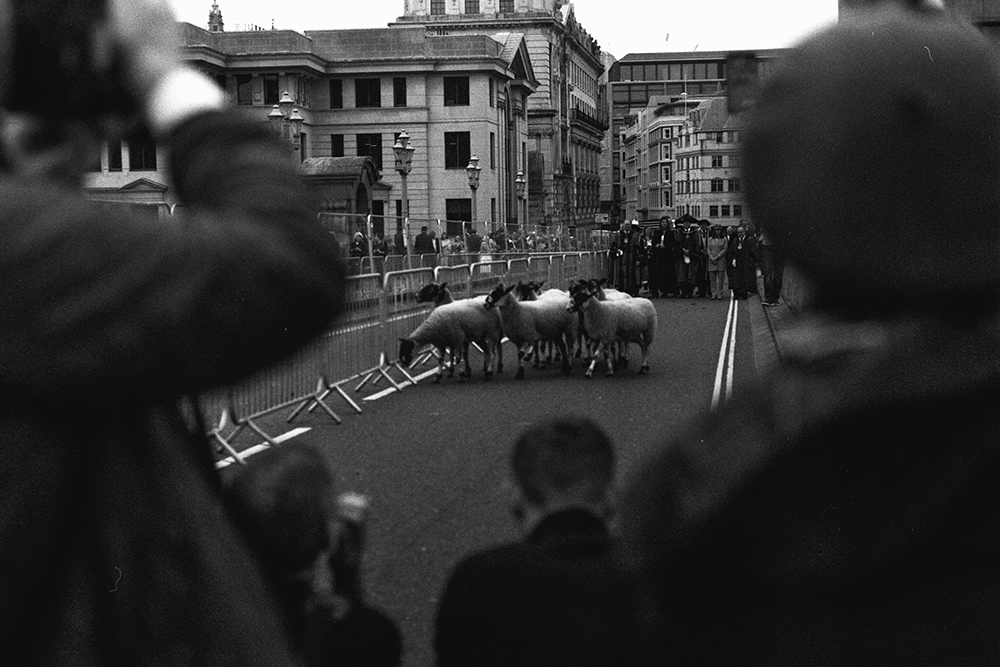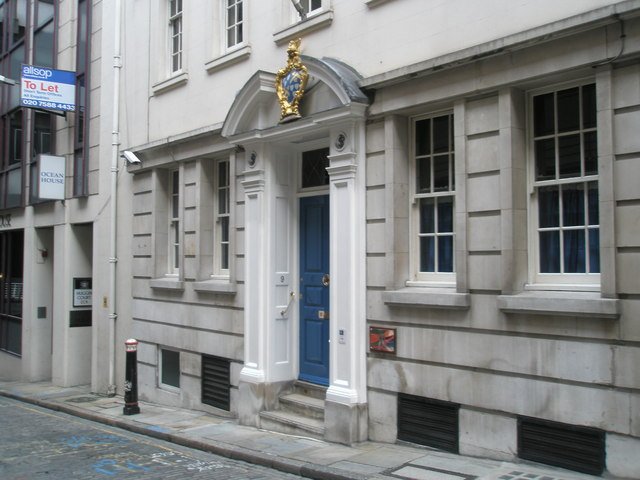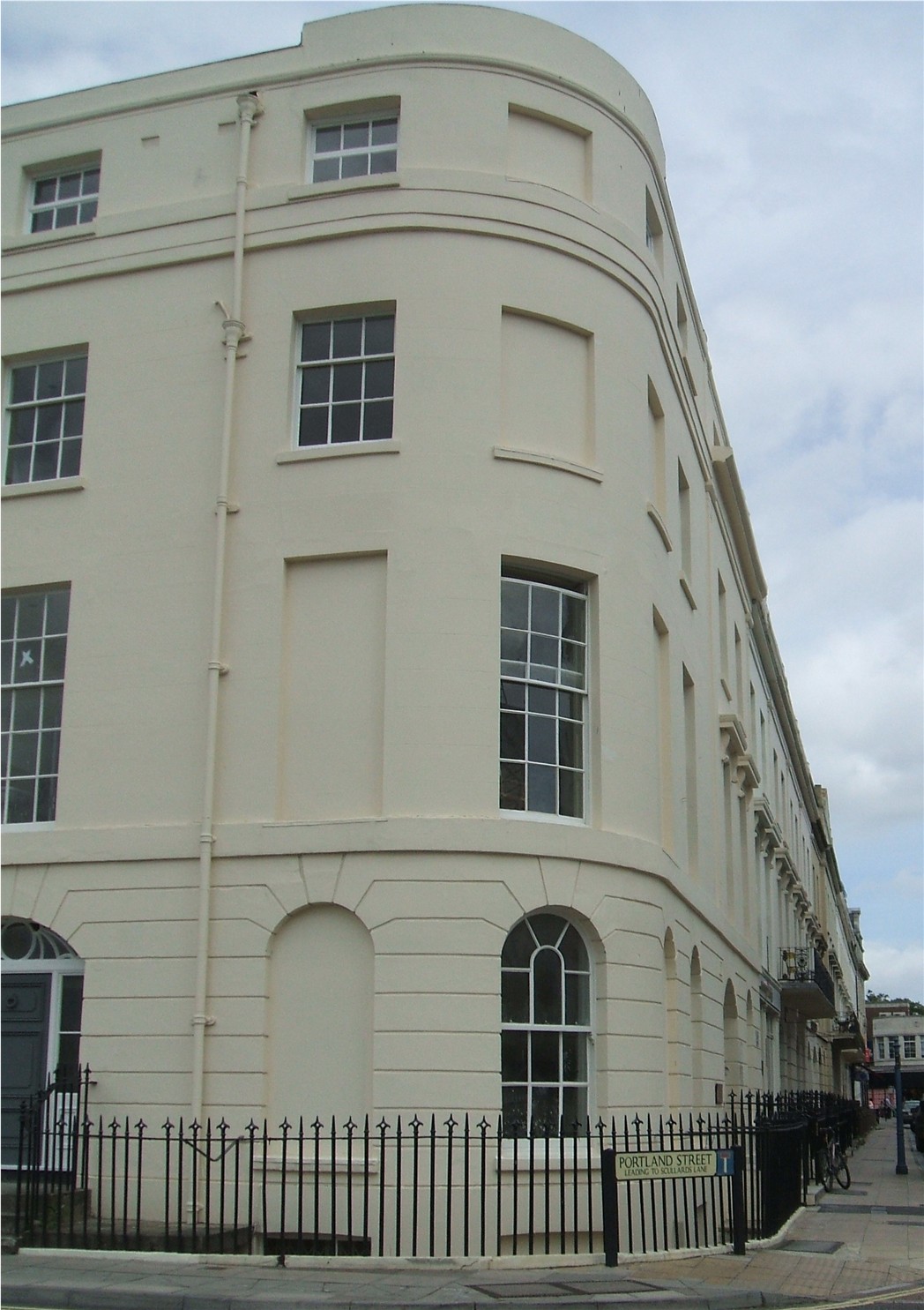|
Sampson Gideon
Sampson Gideon (February 1699 – 17 October 1762) was a Sephardi Jews, Sephardic Jewish banker who was active in 18th-century City of London, London. Gideon is most prominently known for his financing of the House of Hanover, Hanoverian-Whigs (British political party), Whig government's suppression of the Jacobite Rising of 1745, subsequently becoming a trusted "adviser of the Government" who supported the passage of the Jew Bill of 1753. Historian James Picciotto, in his book ''Sketches of Anglo-Jewish History'' (1875) described Gideon as the "Rothschild family, Rothschild of his day" and the "pillar of state credit". Background Sampson Gideon was born at London Wall in the City of London, second son in five children of Rowland Gideon (né Rohiel Abudiente), who traded in the West Indies, and his second wife Esther de Porto (also Jewish), daughter of Domingo (or Abraham) do Porto, a diamond buyer in Madras, India. Sampson Gideon's paternal grandfather Moses Abudiente was a Sep ... [...More Info...] [...Related Items...] OR: [Wikipedia] [Google] [Baidu] |
City Of London
The City of London is a city, ceremonial county and local government district that contains the historic centre and constitutes, alongside Canary Wharf, the primary central business district (CBD) of London. It constituted most of London from its settlement by the Romans in the 1st century AD to the Middle Ages, but the modern area named London has since grown far beyond the City of London boundary. The City is now only a small part of the metropolis of Greater London, though it remains a notable part of central London. Administratively, the City of London is not one of the London boroughs, a status reserved for the other 32 districts (including Greater London's only other city, the City of Westminster). It is also a separate ceremonial county, being an enclave surrounded by Greater London, and is the smallest ceremonial county in the United Kingdom. The City of London is widely referred to simply as the City (differentiated from the phrase "the city of London" by ca ... [...More Info...] [...Related Items...] OR: [Wikipedia] [Google] [Baidu] |
Portuguese Jewish Community In Hamburg
From about 1590 on, there had been a Portuguese Jewish community in Hamburg, whose ''qehilla'' (קהילה "congregation") existed until its compulsory merger with the Ashkenazi congregation in July 1939. The first Sephardic settlers were Portuguese Marranos, who had fled their country under Philip II and Philip III, at first concealing their religion in their new place of residence. Many of them had emigrated from Spain in the belief that they had found refuge in Portugal. Seventeenth century In 1603 the aldermen (" Bürgerschaft") made complaints to the senate (city government) about the growing influx of Portuguese Jews. The senate asked the Lutheran theological faculties of Jena and Frankfort-on-the-Oder for their opinions in the matter, and, after many negotiations, it was agreed that, in consideration of a payment made for their protection, the Sephardim should be tolerated in the town as strangers, though they were not to be allowed to practise their religion publicly. Th ... [...More Info...] [...Related Items...] OR: [Wikipedia] [Google] [Baidu] |
Roundheads
Roundheads were the supporters of the Parliament of England during the English Civil War (1642–1651). Also known as Parliamentarians, they fought against King Charles I of England and his supporters, known as the Cavaliers or Royalists, who claimed rule by absolute monarchy and the principle of the divine right of kings. The goal of the Roundheads was to give to Parliament the supreme control over executive administration of the country/kingdom. Beliefs Most Roundheads sought constitutional monarchy in place of the absolute monarchy sought by Charles; however, at the end of the English Civil War in 1649, public antipathy towards the king was high enough to allow republican leaders such as Oliver Cromwell to abolish the monarchy completely and establish the Commonwealth of England. The Roundhead commander-in-chief of the first Civil War, Thomas Fairfax, remained a supporter of constitutional monarchy, as did many other Roundhead leaders such as Edward Montagu, 2nd Earl of M ... [...More Info...] [...Related Items...] OR: [Wikipedia] [Google] [Baidu] |
Oliver Cromwell
Oliver Cromwell (25 April 15993 September 1658) was an English politician and military officer who is widely regarded as one of the most important statesmen in English history. He came to prominence during the 1639 to 1651 Wars of the Three Kingdoms, first as a senior commander in the Parliamentarian army and then as a politician. A leading advocate of the execution of Charles I in January 1649, which led to the establishment of the Republican Commonwealth of England, Scotland and Ireland, he ruled as Lord Protector from December 1653 until his death in September 1658. Cromwell nevertheless remains a deeply controversial figure in both Britain and Ireland, due to his use of the military to first acquire, then retain political power, and the brutality of his 1649 Irish campaign. Educated at Sidney Sussex College, Cambridge, Cromwell was elected MP for Huntingdon in 1628, but the first 40 years of his life were undistinguished and at one point he contemplated emigration to ... [...More Info...] [...Related Items...] OR: [Wikipedia] [Google] [Baidu] |
Antonio Fernandez Carvajal
Antonio Fernandez Carvajal (c. 1590November 10, 1659)—in pt, António Fernandes Carvalhal—was a Portuguese-Jewish merchant, who became the first endenizened English Jew. Carvajal and Simon de Caceres, together with other prominent members of the Sephardic community, revealed themselves as Jews by signing a petition to Oliver Cromwell asking for the right to practise their religion and bury their dead. It was to Carvajal that Cromwell gave the assurance of the right of Jews to remain in England and who appointed Carvajal as the principal agent of the English Jews. Life He was born around 1590, probably at Fundão, Portugal. He appears to have left Fundão on account of the Inquisition and, proceeding to the Canary Islands, acquired much property there, made many commercial connections, which led him (about 1635) to London, where he settled in Leadenhall Street. In 1649 the council of state appointed him one among the five persons who received the army contract for corn ... [...More Info...] [...Related Items...] OR: [Wikipedia] [Google] [Baidu] |
Freeman Of The City Of London
The Freedom of the City of London started around 1237 as the status of a 'free man' or 'citizen', protected by the charter of the City of London and not under the jurisdiction of a feudal lord. In the Middle Ages, this developed into a freedom or right to trade, becoming closely linked to the medieval guilds, the livery companies. In 1835 eligibility for the freedom of the City was extended to anyone who lived in, worked in or had a strong connection to the City. The freedom that citizens enjoy has long associations with privileges in the governance of the City. Whilst no longer carrying many substantive rights and largely existing as a tradition, the freedom is a pre-requisite for standing for election to the Common Council and Court of Aldermen of the City of London. The Lord Mayor of the City must first become an alderman, and hence must also be a freeman. There are multiple routes to gaining the freedom of the City of London. The original three routes to the freedom, via ... [...More Info...] [...Related Items...] OR: [Wikipedia] [Google] [Baidu] |
Worshipful Company Of Painter-Stainers
The Worshipful Company of Painter-Stainers is one of the livery companies of the City of London. An organisation of painters of metals and wood is known to have existed as early as 1283. A similar organisation of stainers, who generally worked on staining cloth for decorative wall hangings, existed as early as 1400. The two bodies merged in 1502; the new organisation was incorporated under a royal charter in 1581. Today, the company is less a trade association of painters and more a charitable company, with the promotion of education in the fine and decorative arts and crafts as its main theme. The Painters' Company Scholarship Scheme was established in 2012 to support undergraduates every year at London Art Colleges. Each student receives £5,000 annually from the beginning of their second year until they complete their studies, and they are known as a Painters' Company Scholar. The students are selected entirely on merit, and this is the most meritocratically awarded scholarshi ... [...More Info...] [...Related Items...] OR: [Wikipedia] [Google] [Baidu] |
Indentured Servitude
Indentured servitude is a form of labor in which a person is contracted to work without salary for a specific number of years. The contract, called an "indenture", may be entered "voluntarily" for purported eventual compensation or debt repayment, or it may be imposed as a judicial punishment. Historically, it has been used to pay for apprenticeships, typically when an apprentice agreed to work for free for a master tradesman to learn a trade (similar to a modern internship but for a fixed length of time, usually seven years or less). Later it was also used as a way for a person to pay the cost of transportation to colonies in the Americas. Like any loan, an indenture could be sold; most employers had to depend on middlemen to recruit and transport the workers so indentures (indentured workers) were commonly bought and sold when they arrived at their destinations. Like prices of slaves, their price went up or down depending on supply and demand. When the indenture (loan) was paid ... [...More Info...] [...Related Items...] OR: [Wikipedia] [Google] [Baidu] |
Atlantic Slave Trade
The Atlantic slave trade, transatlantic slave trade, or Euro-American slave trade involved the transportation by slave traders of enslaved African people, mainly to the Americas. The slave trade regularly used the triangular trade route and its Middle Passage, and existed from the 16th to the 19th centuries. The vast majority of those who were transported in the transatlantic slave trade were people from Central and West Africa that had been sold by other West Africans to Western European slave traders,Thornton, p. 112. while others had been captured directly by the slave traders in coastal raids; Europeans gathered and imprisoned the enslaved at forts on the African coast and then brought them to the Americas. Except for the Portuguese, European slave traders generally did not participate in the raids because life expectancy for Europeans in sub-Saharan Africa was less than one year during the period of the slave trade (which was prior to the widespread availability of quini ... [...More Info...] [...Related Items...] OR: [Wikipedia] [Google] [Baidu] |
Tax Avoidance
Tax avoidance is the legal usage of the tax regime in a single territory to one's own advantage to reduce the amount of tax that is payable by means that are within the law. A tax shelter is one type of tax avoidance, and tax havens are jurisdictions that facilitate reduced taxes. Tax avoidance should not be confused with tax evasion, which is illegal. Forms of tax avoidance that use legal tax laws in ways not necessarily intended by the government are often criticized in the court of public opinion and by journalists. Many corporations and businesses that take part in the practice experience a backlash from their active customers or online. Conversely, benefiting from tax laws in ways that were intended by governments is sometimes referred to as tax planning. The World Bank's World Development Report 2019 on the future of work supports increased government efforts to curb tax avoidance as part of a new social contract focused on human capital investments and expanded social p ... [...More Info...] [...Related Items...] OR: [Wikipedia] [Google] [Baidu] |
Saint Kitts And Nevis
Saint Kitts and Nevis (), officially the Federation of Saint Christopher and Nevis, is an island country and microstate consisting of the two islands of Saint Kitts and Nevis, both located in the West Indies, in the Leeward Islands chain of the Lesser Antilles. With 261 square kilometers of territory, and roughly 50,000 inhabitants, it is the smallest sovereign state in the Western Hemisphere, in both List of countries and dependencies by area, area and List of countries and dependencies by population, population, as well as the world's smallest sovereign federation. The country is a Commonwealth realm, with Charles, King of the United Kingdom, Charles III as Monarchy of Saint Kitts and Nevis, King and head of state. It is the only sovereign federation in the Caribbean. The capital city is Basseterre, located on the larger island of Saint Kitts. Basseterre is also the main port for passenger entry (via cruise ships) and cargo. The smaller island of Nevis lies approximately t ... [...More Info...] [...Related Items...] OR: [Wikipedia] [Google] [Baidu] |
Antigua
Antigua ( ), also known as Waladli or Wadadli by the native population, is an island in the Lesser Antilles. It is one of the Leeward Islands in the Caribbean region and the main island of the country of Antigua and Barbuda. Antigua and Barbuda became an independent state within the Commonwealth of Nations on 1 November 1981. ''Antigua'' means "ancient" in Spanish after an icon in Seville Cathedral, "" — St. Mary of the Old Cathedral.Kessler, Herbert L. & Nirenberg, David. Judaism and Christian Art: Aesthetic Anxieties from the Catacombs to Colonialism'' Accessed 23 September 2011. The name ''Waladli'' comes from the indigenous inhabitants and means approximately "our own". The island's perimeter is roughly and its area . Its population was 83,191 (at the 2011 Census). The economy is mainly reliant on tourism, with the agricultural sector serving the domestic market. Over 22,000 people live in the capital city, St. John's. The capital is situated in the north-west ... [...More Info...] [...Related Items...] OR: [Wikipedia] [Google] [Baidu] |








.jpg)
